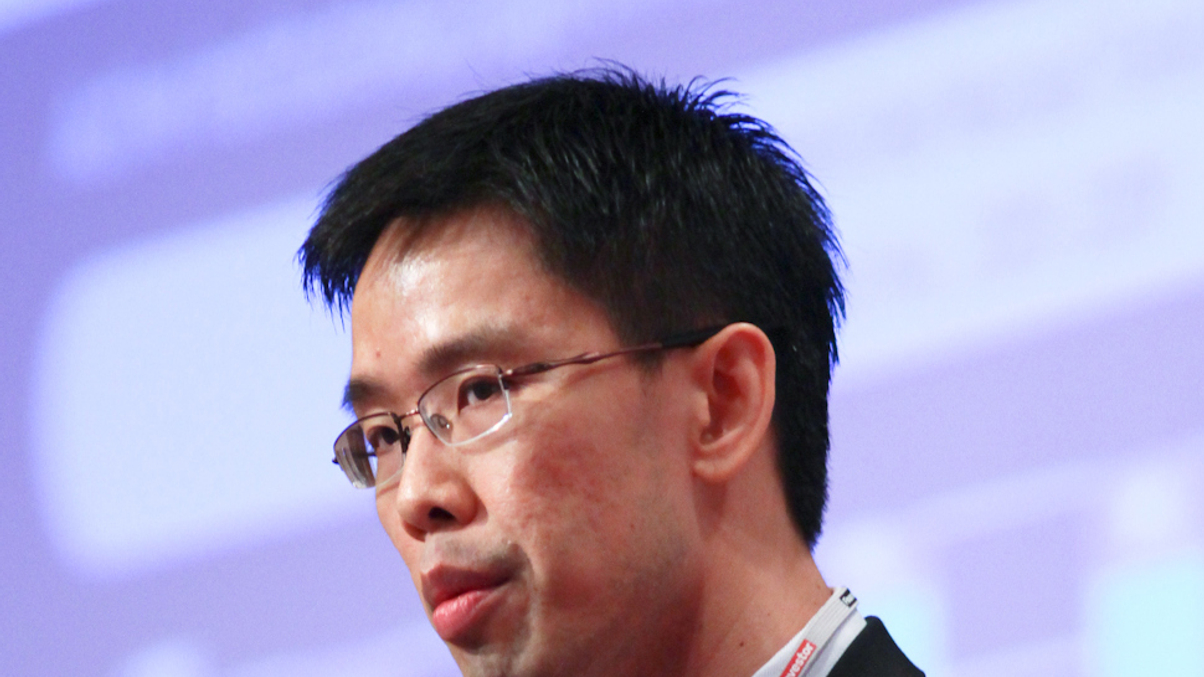Funds industry tipped to break $1.5 trillion barrier
Cerulli tips a CAGR of 11% up to 2016 for Asia ex-Japan mutual funds. It expects a narrowing of retail banking as a distribution channel and does not see ETFs overtaking mutual funds.

Asia ex-Japan’s mutual funds industry is forecast to see steady AUM growth to break through the $1.5 trillion barrier by 2016, at a compound annual growth rate of 11%.
Sign In to Your Account
Access Exclusive AsianInvestor Content!
Please sign in to your subscription to unlock full access to our premium AI resources.
Free Registration & 7-Day Trial
Register now to enjoy a 7-day free trial—no registration fees required. Click the link to get started.
Note: This free trial is a one-time offer.
¬ Haymarket Media Limited. All rights reserved.


